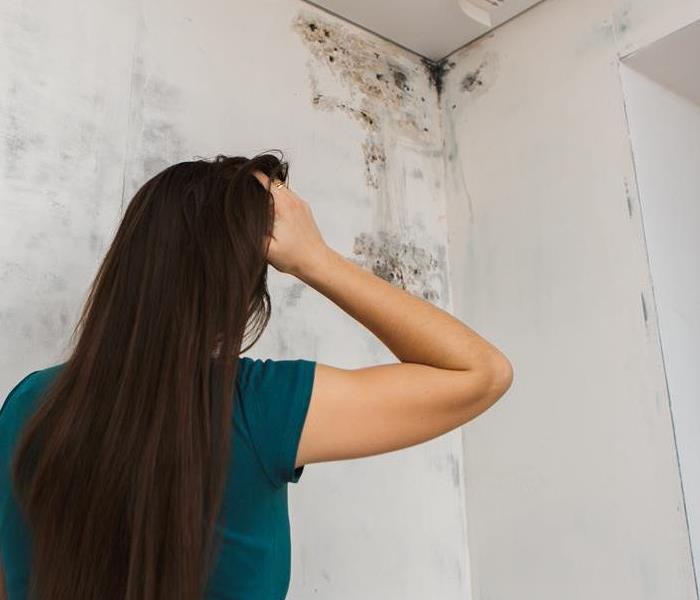Mold Testing: When and How to Do It Right
10/24/2023 (Permalink)
Mold growth is a common issue that can negatively impact homes' structural integrity and aesthetic appeal. If left untreated, mold can lead to costly repairs and pose potential risks to homeowners' health. The importance of mold testing in preventing and treating mold growth cannot be overstated. In this blog, we will explore when and how to properly carry out mold testing to explicitly identify and address mold growth in homes.
Signs of Mold Growth
Mold growth is visible on surfaces such as walls, floors, and ceilings. It often appears as black or green patches and can emit a musty odor. However, not all mold growth is visible, and it may be present in areas such as air ducts, inside walls or beneath flooring. In such cases, identifying mold growth is difficult without specialized testing. Additionally, after experiencing water damage, such as floods or leaks, mold growth may be present but not yet visible. Prompt action is needed to prevent mold growth or identify it before it spreads.
When to Test for Mold
Mold testing is not always necessary, but it is essential in certain circumstances. If homeowners experience a persistent musty odor or suspect mold growth, they should consider testing. Additionally, after water damage or flooding, mold testing can help identify potential hidden mold growth and prevent further damage. Homeowners seeking to purchase new homes should also consider mold testing to assess the quality of the property. Mold testing can also be useful in detecting mold types that may be more hazardous, such as black mold.
How to Test for Mold
Mold testing requires expertise to properly identify mold types and concentrations. The most common methods of mold testing include air testing, surface testing, and bulk testing. Air testing assesses mold spore concentrations in the air and is useful in detecting hidden mold growth. Surface testing involves testing visible patches of mold and determining the mold type. Bulk testing involves taking samples of materials suspected of harboring mold, such as drywall or flooring. Professional mold testing services are recommended for accurate testing and identification.
DIY Mold Testing Kits
For those who prefer a do-it-yourself approach, mold testing kits are available on the market. These kits typically include swabs, petri dishes, or air sampling cassettes for collecting samples. While these kits can provide initial results, it's important to note that their accuracy and reliability may vary. DIY mold testing kits may not identify the specific type or concentration of mold accurately. If using a DIY kit, it is advisable to also seek professional advice to interpret the results correctly. Consulting with mold remediation experts can help homeowners understand and take appropriate action based on the test results.
Mold testing is critical in identifying and treating mold growth in homes. Homeowners should be vigilant in watching out for signs of mold growth and consider testing when there is a suspicion of mold or experiencing water damage. Engaging professional services is recommended for accurate testing and effective remediation measures to address mold growth.




 24/7 Emergency Service
24/7 Emergency Service
